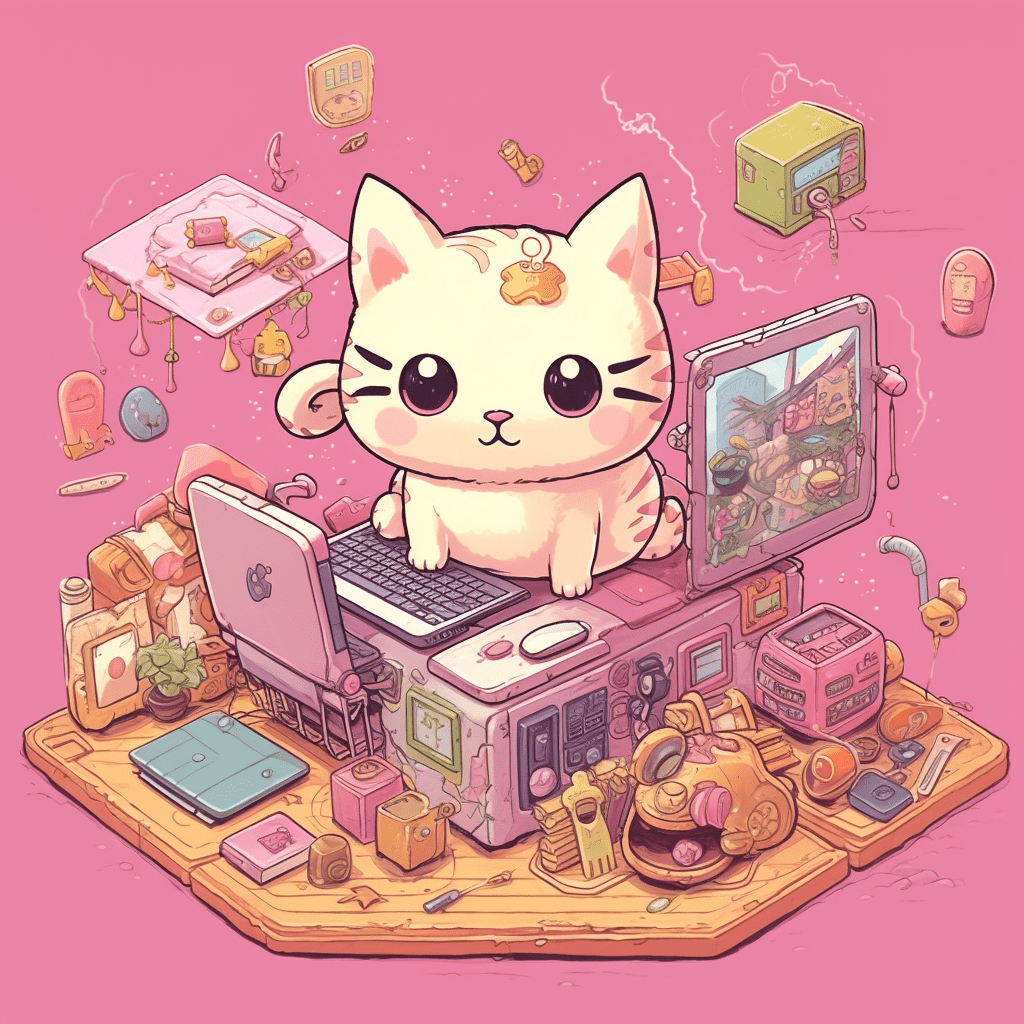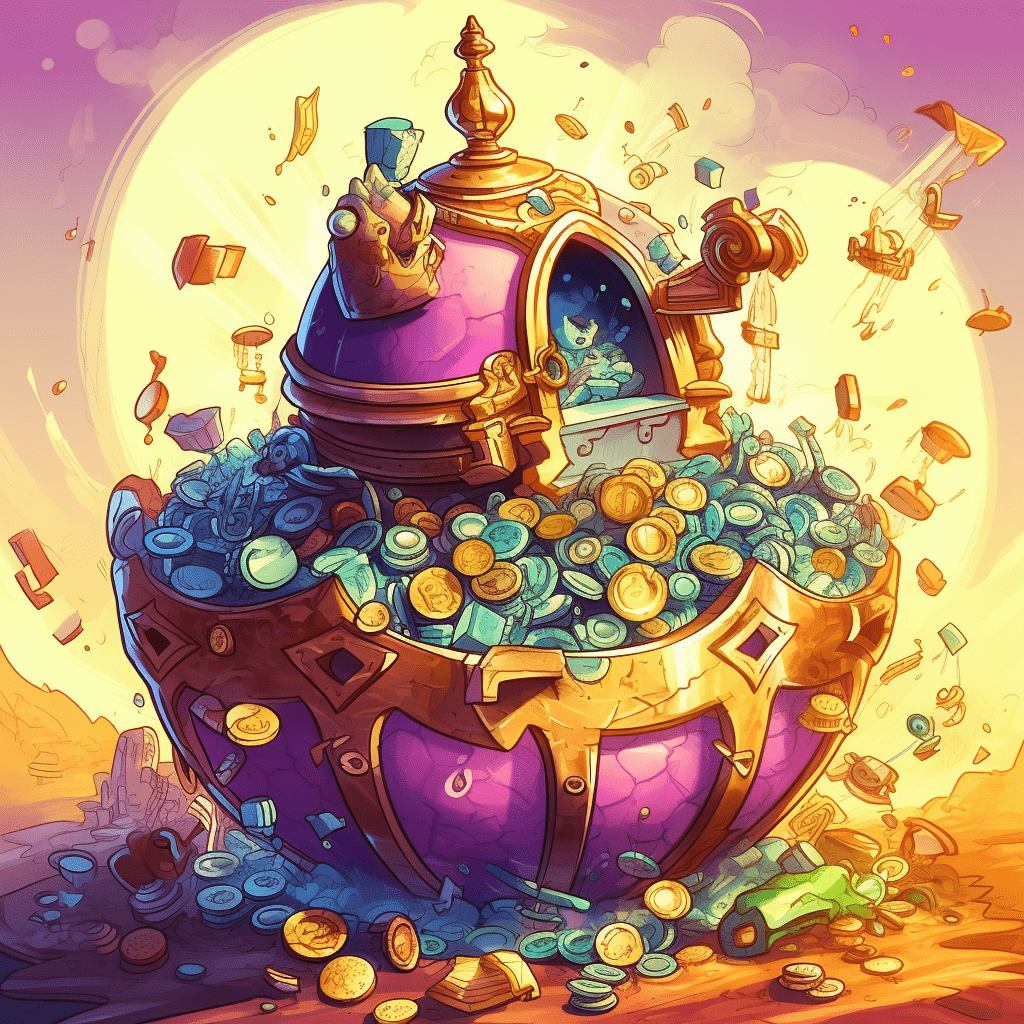
Minting an NFT (non-fungible token) has become a popular way for artists, creators, and collectors to showcase and monetize their digital art and collectibles. However, one of the most common questions that arise is: how much does it cost to mint an NFT? The cost of minting an NFT can vary widely depending on factors such as the blockchain network, gas fees, and the complexity of the NFT. In this step-by-step guide, we’ll help you determine the cost of minting an NFT, so you can make informed decisions when creating and selling your digital assets.
Step 1: Choose a blockchain network
The first step in determining the cost of minting an NFT is to choose the blockchain network on which you want to create your token. The most popular networks for NFTs are Ethereum, Binance Smart Chain (BSC), Flow, and Polygon (previously known as Matic). Each of these networks has its own unique features, advantages, and disadvantages, including varying costs associated with minting NFTs.
Ethereum is the most popular and widely-used network for NFTs, but it also tends to have higher gas fees due to network congestion. In contrast, BSC, Flow, and Polygon offer lower gas fees and faster transaction times, making them more affordable options for minting NFTs.
Step 2: Estimate gas fees
Gas fees are an essential factor in determining the cost of minting an NFT. Gas fees are the transaction fees required to perform actions on a blockchain network, such as minting or transferring NFTs. The cost of gas fees depends on the network congestion, the complexity of the NFT, and the blockchain network you’re using.
To estimate gas fees, you can use tools like Ether Gas Station for Ethereum or BSCScan for Binance Smart Chain. These tools provide real-time information on current gas prices, allowing you to estimate the cost of minting your NFT.
Keep in mind that gas fees can be highly volatile, so it’s essential to monitor them closely and be prepared for fluctuations in cost.
Step 3: Choose a platform or marketplace
Once you’ve chosen a blockchain network and estimated gas fees, the next step is to select a platform or marketplace to mint and sell your NFT. Popular platforms for minting NFTs include OpenSea, Rarible, and Mintable. Each platform has its own fees associated with minting and selling NFTs, so it’s essential to research and compare the costs before making a decision.
Some platforms offer features like lazy minting, which allows you to create an NFT without incurring any upfront costs. Instead, the gas fees are paid by the buyer when they purchase the NFT. This can be a more cost-effective option for creators, especially when gas fees are high.
Step 4: Factor in the cost of digital art creation and marketing
In addition to the technical costs of minting an NFT, it’s essential to consider the costs associated with creating the digital art or content itself. This can include expenses such as software licenses, hardware, and artist fees if you’re commissioning someone to create the artwork for you.
Additionally, marketing and promotion costs should be factored in if you plan to sell your NFTs. This can include expenses related to social media advertising, public relations, or influencer partnerships to help spread the word about your NFTs.
Step 5: Calculate the total cost of minting an NFT

To calculate the total cost of minting an NFT, you’ll need to add up the various costs associated with each of the steps mentioned above. This includes the gas fees, platform or marketplace fees, digital art creation costs, and marketing expenses. By adding these costs together, you’ll have a clearer understanding of the overall cost of minting your NFT.
Step 6: Determine pricing for your NFT
After calculating the total cost of minting an NFT, the next step is to determine the pricing for your NFT. Pricing can be a complex process that takes into consideration various factors, including the cost of minting, the rarity or uniqueness of the NFT, and the perceived value of the digital art or collectible.
It’s crucial to strike a balance between covering your costs and setting a price that is attractive to potential buyers. You may also want to consider factors such as the current market trends, the popularity of similar NFTs, and the reputation of the artist or creator when setting your price.
Step 7: Monitor and adjust your costs as needed
Once you’ve minted and priced your NFT, it’s essential to continually monitor and adjust your costs as needed. This may involve staying updated on changing gas fees, platform updates, or shifting market trends. By staying informed and adapting your strategy accordingly, you can ensure that you’re effectively managing the costs associated with minting and trading NFTs.
Step 8: Consider alternative revenue streams
While minting and selling NFTs can be a profitable venture, it’s also worth exploring alternative revenue streams related to your digital art or collectibles. This can include licensing your artwork for use in other media, creating merchandise featuring your art, or offering limited edition physical prints or collectibles alongside your NFTs. By diversifying your revenue streams, you can mitigate the risks associated with relying solely on NFT sales and potentially increase your overall profitability.
Final Thoughts

Determining the cost of minting an NFT can be a complex process, but by following this step-by-step guide, you can gain a clearer understanding of the various factors involved. By carefully considering your choice of blockchain network, gas fees, platform fees, digital art creation costs, and marketing expenses, you can make informed decisions when creating and selling your digital assets.
As the NFT market continues to evolve, it’s crucial to stay informed and adapt your strategies to ensure you’re effectively managing costs and maximizing the potential of your digital art and collectibles. By doing so, you can set yourself up for success in the rapidly growing world of NFTs.